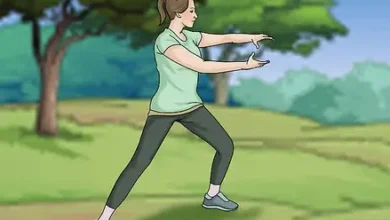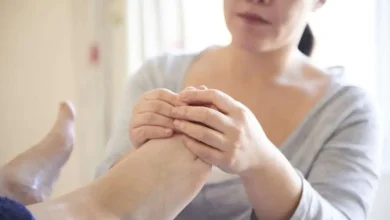Cold Water Therapy: A Scientific Guide
What Is Cold Water Therapy?
Basic Definition
Cold water therapy, known as cold hydrotherapy or immersion therapy, involves exposing the body to cold water (typically below 15°C/59°F) to trigger health benefits. This can be as simple as a brisk cold shower or as intense as plunging into an icy river.
Origins and Historical Context
This isn’t some new biohacking fad—cold exposure has been practiced for centuries. Cold baths were used by ancient Greeks, Romans, and Nordic cultures for vitality, healing, and spiritual practices. Hippocrates himself praised cold water for therapeutic purposes!
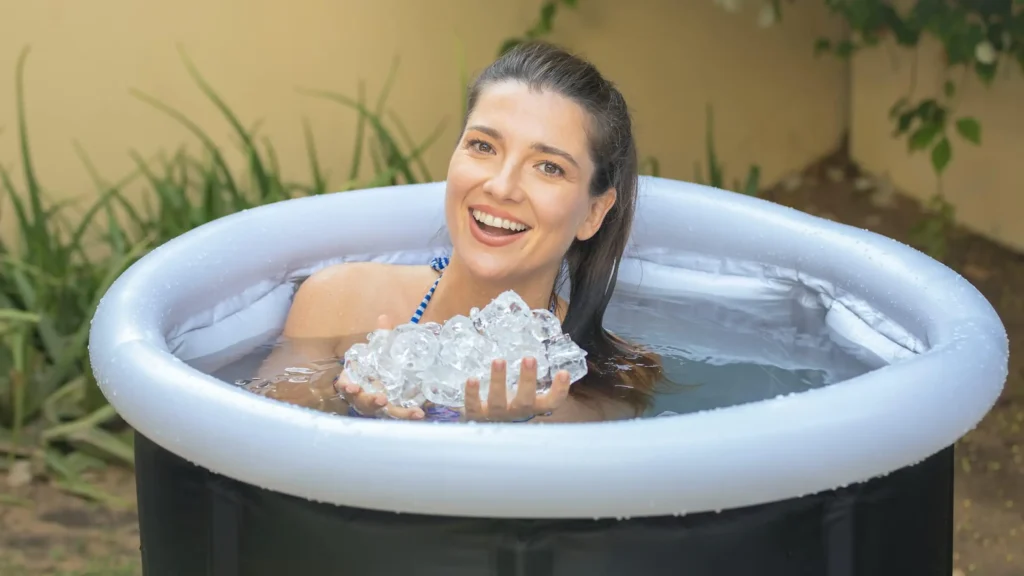
How Does Cold Water Therapy Work?
Thermoregulation Explained
Your body constantly works to maintain a stable internal temperature. When exposed to cold, it kicks into overdrive, constricting blood vessels (vasoconstriction) to retain heat and activating brown fat to generate warmth.
The Body’s Shock Response
Have you ever jumped into cold water and gasped? That’s how your sympathetic nervous system reacts—increased heart rate, faster breathing, and a surge of adrenaline. It’s a biological wake-up call!
Different Types of Cold Water Therapy
Ice Baths
Ice baths are exactly what they sound like—tubs filled with ice and water. Typically used by athletes, they’re intense but effective for recovery.
Cold Showers
Easier to access and less intimidating, cold showers offer milder exposure while still delivering mood and energy benefits.
Cryotherapy
This modern twist involves stepping into a chamber chilled to -110°C to -140°C for 2-3 minutes. While pricey, it’s growing in popularity for its quick-hit effects.
The Science Behind Cold Water Therapy
Nervous System Effects
Cold plunges stimulate the vagus nerve, which activates the parasympathetic system (your rest-and-digest mode), promoting relaxation after the initial shock.
Blood Circulation Impacts
Cold exposure triggers vasoconstriction followed by vasodilation, improving overall circulation. It helps blood flow efficiently, reducing inflammation and swelling.
Health Benefits of Cold Water Therapy
Physical Recovery
Ever wonder why athletes jump into ice baths? Cold water reduces DOMS (delayed onset muscle soreness) and inflammation, speeding up recovery post-workout.
Mental Health and Mood Boost
Feeling down? Try a cold shower. Studies show cold exposure can boost dopamine levels by up to 250%, enhancing mood and reducing symptoms of depression and anxiety.
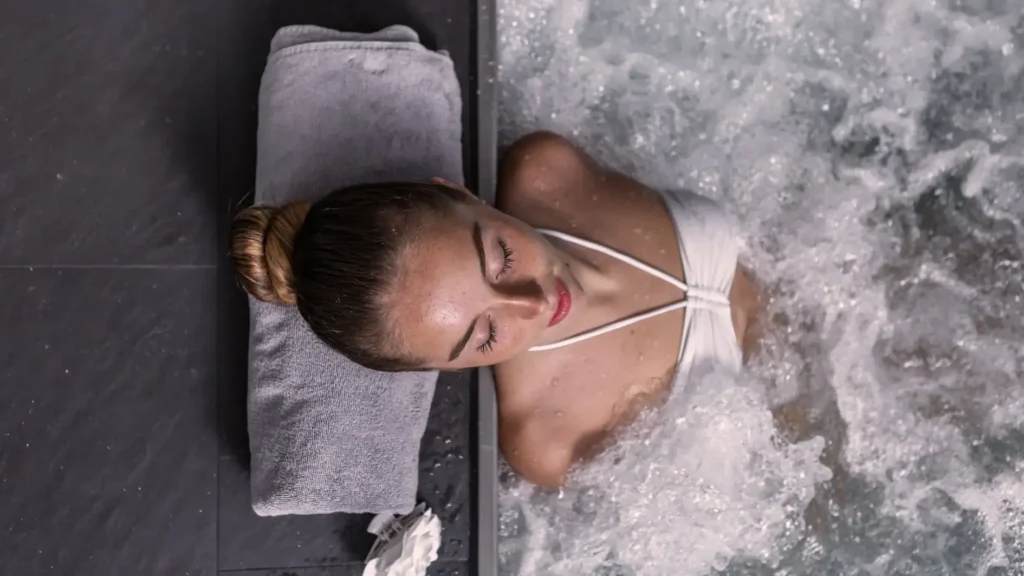
Cold Water Therapy for Athletes
Recovery and Muscle Soreness
After intense workouts, cold immersion helps flush out lactic acid, reducing muscle fatigue and soreness.
Endurance and Performance
Cold exposure may boost mitochondrial efficiency, improving stamina and energy.
Cold Water Therapy and the Immune System
How Immunity Is Affected
Cold therapy is linked to increased white blood cell production, which helps fight illness.
Inflammation and Its Role
Chronic inflammation is linked to many diseases. Cold water helps by lowering inflammatory markers like CRP (C-reactive protein).
Risks and Safety Tips
Who Should Avoid It?
People with cardiovascular issues, Raynaud’s disease, or low blood pressure should consult a doctor first. Sudden cold exposure can be dangerous for them.
Safety Practices for Beginners
Start slow! Try 30 seconds in a cold shower and build up. Never do cold therapy alone or while intoxicated—safety first.
Cold Water Therapy vs. Cryotherapy
Key Differences
Cryotherapy uses frigid air in controlled environments, while cold water therapy involves wet immersion. The sensations and effects differ significantly.
Which One Is Better?
It depends on your goals. Ice baths offer deeper muscle penetration, while cryotherapy is faster and more convenient for some.
How to Start Cold Water Therapy at Home
Setting Up Your Ice Bath
You don’t need a fancy tub. A regular bathtub + ice + water = your cold plunge setup. You can also consider portable ice barrels like The Plunge or Morozko Forge.
Tips for Consistency
Keep a journal. Track how you feel before and after. Pair cold exposure with breathwork for maximum effect.
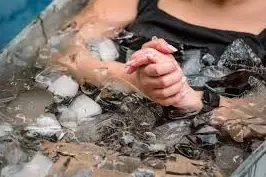
Daily Routines and Protocols
Wim Hof Method
Created by Wim Hof, this method combines cold exposure, breathwork, and meditation, teaching the body to adapt and thrive.
Cold Water Challenges
30-day cold shower challenges are popular and engaging for building discipline and mental resilience, particularly on platforms like Reddit and YouTube.
What the Experts Say
Scientific Studies
A 2008 study in Medical Hypotheses found cold showers might relieve depression symptoms. Other research suggests enhanced recovery and stress management.
Doctor and Physiotherapist Insights
Dr. Susanna Søberg, a leading researcher, advocates “minimum effective dose” protocols—11 minutes of cold exposure weekly can yield benefits.
Cold Water Therapy for Mental Health
Depression and Anxiety Relief
Cold water triggers a dopamine dump, like nature’s antidepressant. Many people report feeling “high on life” afterward.
Dopamine and Serotonin
Cold exposure significantly impacts these two neurotransmitters, stabilizing mood and enhancing mental clarity.
Myths and Misconceptions
“You’ll Catch a Cold!”
Let’s bust this myth right now. Cold exposure doesn’t cause colds—viruses do. It might even strengthen your immunity.
Is Longer Better?
Not always. Studies show that 2-3 minutes is often enough. Longer stays don’t always mean better results and could lead to hypothermia.
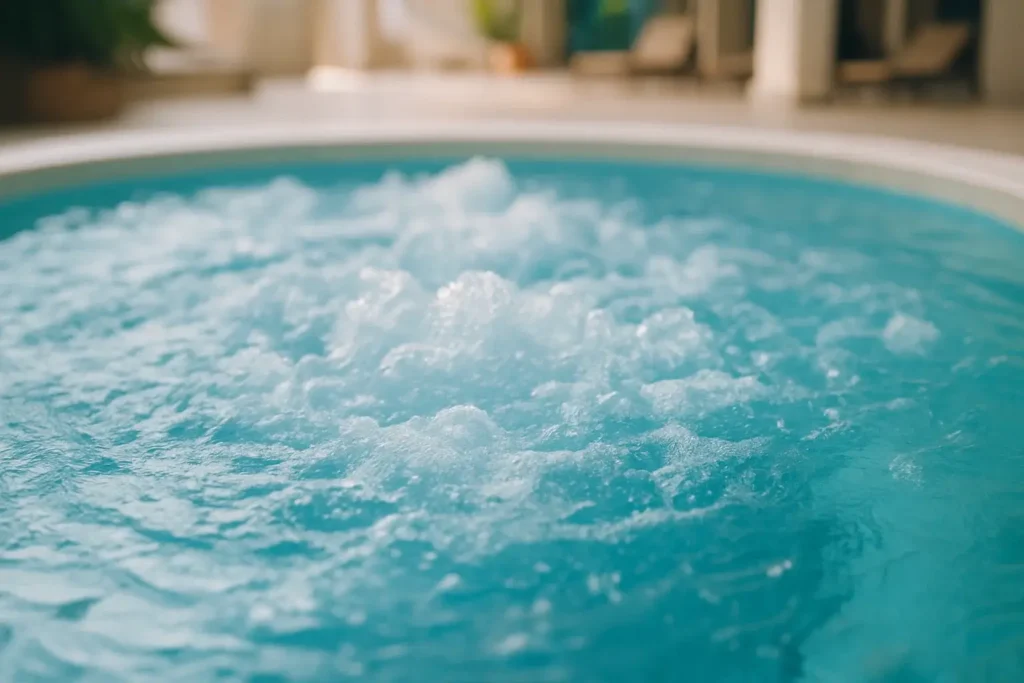
The Future of Cold Water Therapy
Tech Innovations
Devices like Contrast Therapy Units and smart cold tubs are changing the game with real-time temperature control and progress tracking.
Clinical Applications
Hospitals are exploring cold therapy for trauma recovery, PTSD, and even as part of metabolic treatment plans.
Conclusion
Cold water therapy is more than just a trend—it’s a scientifically backed practice with tangible benefits for the body and mind. From faster recovery and improved mood to stronger immunity, the perks are too good to ignore. But remember, it’s not one-size-fits-all. Start slow, stay safe, and listen to your body. Cold water might be your secret weapon whether you’re chasing performance or peace of mind.
FAQs
1. How long should cold water therapy sessions be?
Begin with 30-second to 2-minute intervals, progressively increasing to 3–5 minutes. Significant benefits can be realized with just 11 minutes per week.
2. Is it safe for kids or teens?
Generally not recommended unless under medical supervision. Their thermoregulation isn’t as developed as adults.
3. Can I do it every day?
Yes, but be cautious. Alternate days might be ideal for beginners. Monitor how your body reacts and adjust accordingly.
4. Does cold water therapy burn fat?
Yes! It activates brown fat, which helps burn calories and increase metabolic rate.
5. What’s the best time of day to do it?
Morning is great for a natural energy boost, but post-workout sessions can also aid recovery.
Feel free to dive in and let the cold do its magic!
Learn More: What Kind of Psychotherapy Is Best for Anxiety?
